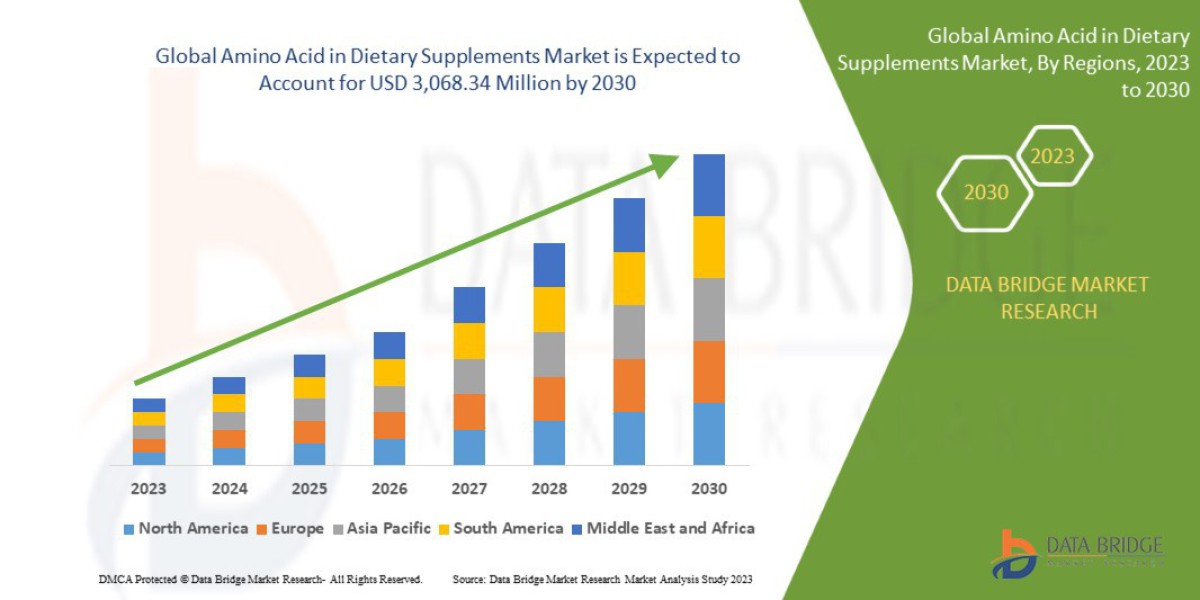Understanding Carglumic Acid
Carglumic acid is a synthetic structural analog of N-acetylglutamate, used primarily to treat hyperammonemia caused by N-acetylglutamate synthase (NAGS) deficiency. This rare genetic disorder disrupts the body's ability to eliminate excess nitrogen, leading to toxic levels of ammonia in the bloodstream.
Carglumic acid works by activating carbamoyl phosphate synthetase I, a key enzyme in the urea cycle, allowing for the safe removal of nitrogen through urea excretion. Its role is life-saving, particularly in pediatric patients diagnosed with inherited urea cycle disorders.
The Critical Role in Metabolic Disease Management
The therapeutic use of carglumic acid is crucial in managing rare metabolic conditions, particularly in newborns and infants. Without treatment, hyperammonemia can result in neurological damage, coma, or even death. Administering carglumic acid in time can:
Significantly reduce ammonia levels
Prevent irreversible brain damage
Improve long-term developmental outcomes
Offer a better quality of life for affected individuals
As awareness and diagnosis of rare diseases increase, so does the relevance of carglumic acid in modern metabolic disease treatment.
Market Drivers and Trends
Several factors are contributing to the rising demand in the carglumic acid market, including:
Increasing incidence of rare genetic disorders
Growing adoption of orphan drugs
Improved newborn screening programs
Expanding clinical trials for broader indications
Rising healthcare expenditure in developed and developing nations
In addition, the global push for personalized medicine and targeted therapy is encouraging the development and use of drugs like carglumic acid, which are designed for specific metabolic deficiencies.
Regulatory Support and Orphan Drug Designation
Carglumic acid has been granted orphan drug status in several regions, including the US and Europe. This designation supports research, development, and commercialization through:
Tax credits for clinical testing
Market exclusivity for a fixed period
Regulatory fee waivers
Accelerated approval pathways
Such incentives are instrumental in bringing rare disease therapies to market and ensuring long-term accessibility for patients in need.
Pediatric and Neonatal Applications
Most cases of NAGS deficiency are diagnosed in the neonatal period. Hence, carglumic acid is predominantly used in pediatric care. Pediatric formulations, ease of oral administration, and improved palatability are key to ensuring adherence and effective outcomes.
Pharmaceutical advancements are also enabling customized dosage forms, including dispersible tablets and flavored solutions, tailored for infants and children.
Global Outlook and Leading Players
North America and Europe currently dominate the carglumic acid market due to robust healthcare infrastructure, strong regulatory frameworks, and awareness of inborn errors of metabolism. However, Asia-Pacific is emerging as a growth region thanks to improving diagnostic facilities, increasing healthcare spending, and expansion of rare disease registries.
Key industry players include Recordati Rare Diseases, Dipharma, and Medunik Canada, among others, who are continuously investing in R&D, distribution partnerships, and patient assistance programs.



